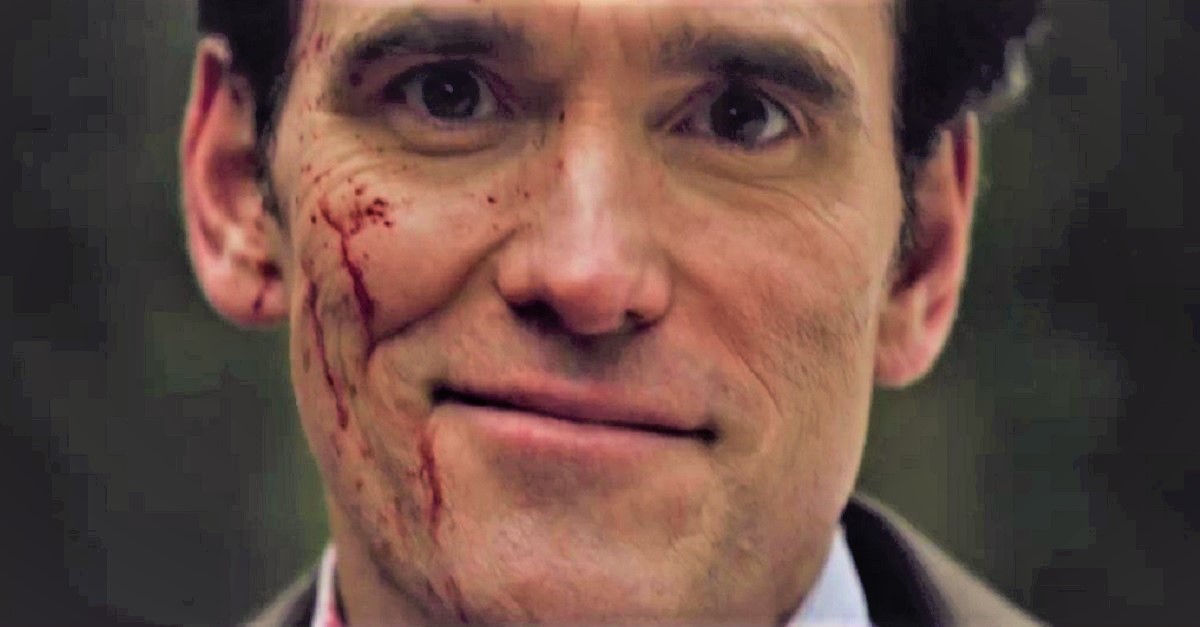
Media is obsessed with serial killers. From Jack the Ripper to Zodiac killer, from Ed Gein to Jeffrey Dahmer. Somehow we find ourselves deeply interested in serial killers. We like watching documentaries about them. Biopics about famous serial killers are also often met with much of interest.
We prefer watching films about fictional serial killers almost with equal interest. But what is so fascinating about them? Is it just a media frenzy created by journalists? But it is hard to believe that interest towards serial killers is created artificially. Or can it?
Another reason why serial killer provoke interest is the lack of the reasons behind their actions. We believe that there must be some reason behind the murder. And that reason must be conventional and logical. Generally, we tend to believe that the murder is the self-aim of the actions of serial killers, but that’s not always true.
Serial killers have their own reasons to kill, but they are far from being conventional or logical from the point of view of a sane person. That’s what frighten us the most about serial killers. That’s also what sparks the interest towards them.
While documentary filmmakers are lucky, as they have their subject or at least their subject’s psychiatrists and the whole bunch of experts, to get into the mind of a serial killer, those who create fiction face a tough task of creating the illogical reasons behind actions of the serial killer. Let’s check out ten films that perfectly accomplished that task.
1. Angst (1983)
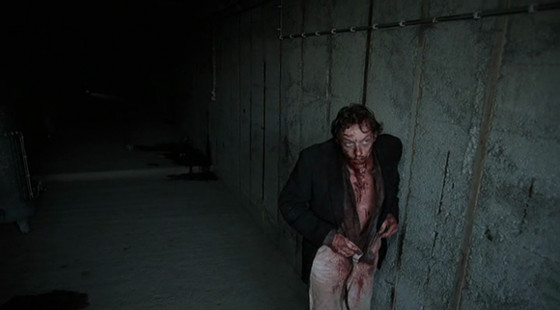
“Angst” is 1983 Austrian horror film, directed by Gerald Kargl, who co-wrote the film with polish director and Academy Award-winner Zbigniew Rybczyński, who also served as film editor and director of photography.
The film follows the main character, the unnamed serial killer, who goes on the killing spree upon being released from prison. The psychopath is loosely based on the real life Austrian mass-murderer Werner Kniesek, who tortured and killed three people – a wheelchair-bound young man, his elderly mother, and his sister – while being on parole.
Upon the release, the movie was banned all over Europe due to extreme violence portrayed on screen. But it’s not the level of violence that makes this movie special. “Angst” doesn’t allow the viewer simply watch the movie. The movie is shot in a way that the viewer is forced to become the part of the film. The camera never leaves the antagonist of the movie.
The few times when the killer is not on the screen, we are watching his prospective victims through his point of view. “Angst” is diving deep into the mind of a madman, without much of a dialogue or even monologue. It’s visual monologue. It seems like the camera is trying to break into the madman’s mind, but it’s all in vain, as you can’t understand the one who makes sense only to himself.
2. Henry: Portrait of a Serial Killer (1986)

The title gives its plot away pretty straightforward. The movie, directed, co-written and co-produced by the debutant John McNaughton, originally premiered at the Chicago International Film Festival in 1986, but wasn’t commercially before 1990.
The movie struggled to find distributors, who dismissed the film as a zero-budget horror fest. But unlike its zero-budget horror counterparts, “Henry: Portrait of a Serial Killer” is extremely well-directed and well-acted. It follows Henry – portrayed by Michael Rooker in his first film appearance – who is a strange amalgamation of friendliness and heartless sociopathy.
The film comes as brutal and honest portrait of a serial killer, as you won’t find the reason behind Henry’s actions. While he commits one murder, which almost makes a viewer believe that Henry is, in his own particular way, a man of honour, but only for a brief, as the next murder is a perfect contradiction to his previous action.
The movie has no plot per se, which adds to its uneasiness and the lack of sense in the actions of main antagonist (or should we say protagonist in this case?), and the director brilliantly uses the indifference of the camera.
3. Seven (1995)
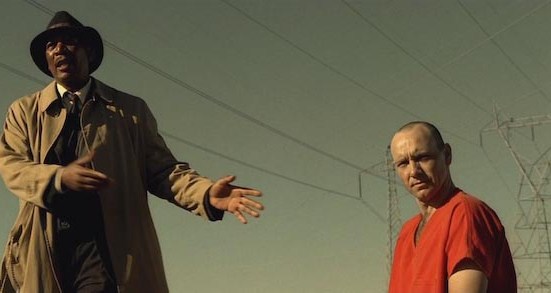
“Seven” became a smash hit for David Fincher. His second feature film became a critical and commercial success, which Fincher definitely needed after the lukewarm reaction to “Alien 3” (1992).
Unlike previous two films on the list, where killers logic and motives are not made clear, John Doe – films antagonist – makes his reason absolutely clear. He murders people in accordance to Seven Deadly Sins. But he doesn’t see himself as God. And his main goal is not to punish the sinners. Those murders are part of his master plan – making a statement to the world that tolerates sin.
And while a viewer may get the feeling that John Doe is absolutely blind to his own sins of killing people, he is not. He opts for the ultimate justice, more in vain of Agatha Christie’s “And Then There Were None” (1939). To complete his “masterpiece”, he needs to be killed as well. Logically, his master plan makes no sense, but illogically – it does.
4. Maniac (1980)
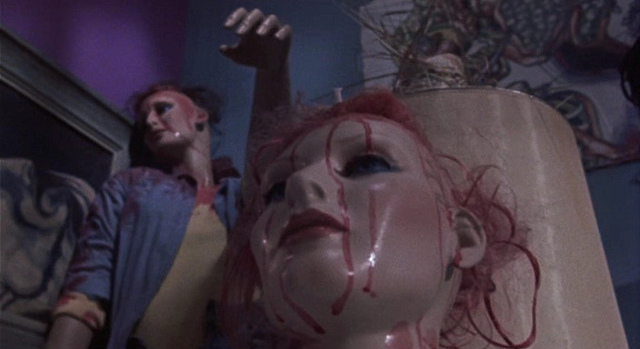
“Maniac” was an atypical slasher film for its time, as instead of focusing on the prospective victims, it throws the viewer into the mind of the film’s antagonist Frank Zito, brilliantly portrayed by Joe Spinell, who co-wrote the movie.
The movie’s special effects were done by Tom Savini, signifying that the film is extremely gory. But the movie succeeds in showing that you can’t completely understand the psychopath, when you are sane.
Viewers get obvious hints on what forced Zito into becoming a serial killer. As a child he was abused by his mother, who probably worked as prostitute, which led to him killing young women. But there is a tender side to Zito. He’s not portrayed as a force of nature, unlike Michael Myers from John Carpenter’s “Halloween” (1978), neither he is portrayed as a completely demented man, unlike Billy from Bob Clark’s “Black Christmas” (1974).
Despite all the gore and exploitation nature of the movie, “Maniac” has much more to do with Alfred Hitchcock’s “Psycho” (1960). He can be romantically interested in his victims, but his past haunts him and forces him to kill. The movie doesn’t try to justify the action of its antagonist, but it provides the viewers with the reasons that led him to kill.
5. American Psycho (2000)
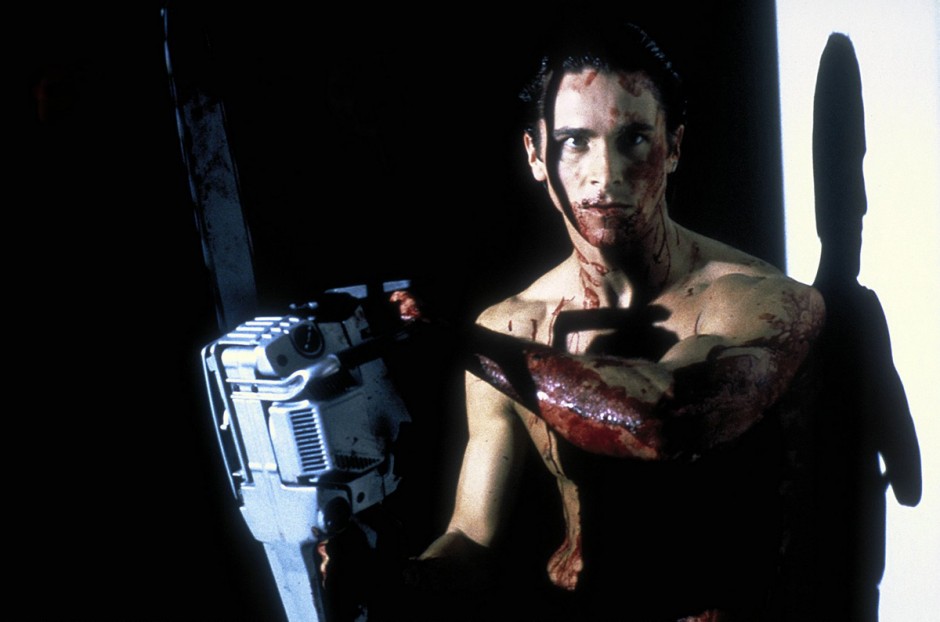
Patrick Bateman, brilliantly portrayed by Christian Bale, is quite an interesting case. At least he became one, in the movie. As Roger Ebert has put it in his review, Mary Harron – the director of the movie – “transformed the novel about blood lust into a movie about men’s vanity”. Indeed, vanity is what leads Patrick Bateman into killing people.
A male director may have found some traditional reasons or justification for Bateman’s actions, but a female director, who could allow herself observe men from the distance created a perfect picture how perfectionism and constant need to follow certain rules of the “higher society” can turn a man into a monster.
While those motives are as reliable as the movie’s antagonist/narrator, it easily shows how everyday’s life and its requirements can trigger demented mind to kill. As Bateman puts it himself: “There is an idea of Patrick Bateman, some kind of abstraction, but there is no real me, only an entity, something illusory, and though I can hide my cold gaze and you can shake my hand and feel flesh gripping yours and maybe you can even sense our lifestyles are probably comparable: I simply am not there.”